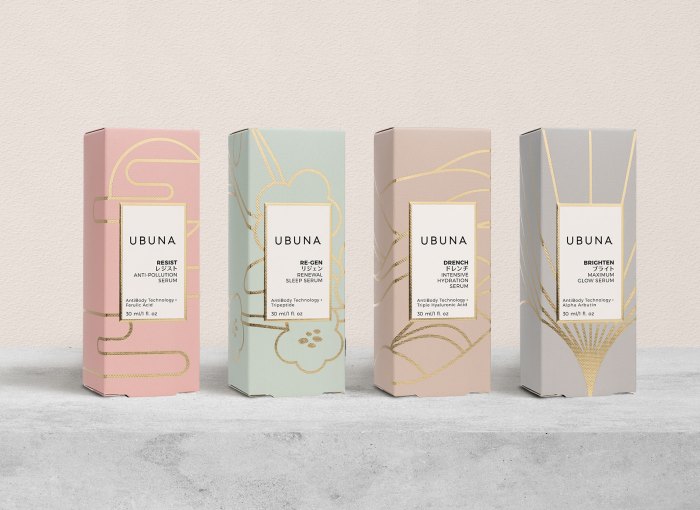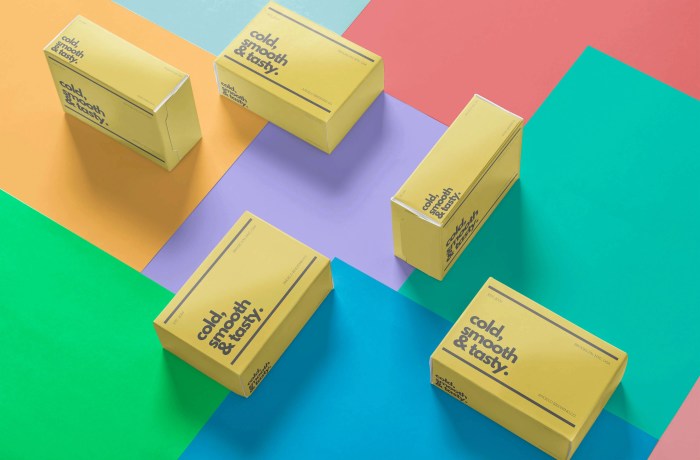Designing Product Packaging kicks off with a fresh and engaging look at the importance of packaging design. Get ready to dive into the world of colors, typography, and sustainability that make packaging pop!
Learn about the latest trends and technologies shaping modern packaging designs and discover the step-by-step process to create packaging that stands out on the shelves.
Importance of Product Packaging Design: Designing Product Packaging
Product packaging design plays a crucial role in establishing brand identity and attracting consumers’ attention. Innovative packaging can make a product stand out on the shelves, increasing the likelihood of it being noticed and purchased. Additionally, packaging serves as a communication tool, conveying essential product information and benefits to potential customers.
Enhancing Brand Identity
Effective packaging design helps to create a strong brand identity that differentiates a product from competitors. By incorporating unique colors, fonts, and visual elements, companies can establish a memorable brand image that resonates with consumers.
Attracting Consumer Attention
Innovative packaging designs have the power to captivate consumers and draw them towards a product. Eye-catching packaging can spark curiosity and interest, prompting individuals to pick up the product for a closer look. This initial engagement is crucial in the competitive retail environment.
Communicating Product Information
Packaging serves as a primary source of information for consumers, detailing essential details such as ingredients, usage instructions, and benefits. Clear and concise packaging design can effectively communicate these key points, helping consumers make informed purchasing decisions.
Encouraging Brand Loyalty
Well-designed packaging can leave a lasting impression on consumers, fostering brand loyalty and repeat purchases. When customers have positive experiences with a product’s packaging, they are more likely to associate it with quality and reliability, leading to continued brand support.
Elements of Effective Product Packaging

Effective product packaging is crucial in capturing the attention of consumers and influencing their purchasing decisions. There are several key elements that contribute to the success of product packaging design.
Importance of Color Schemes and Typography
Color schemes and typography play a significant role in product packaging design. The colors used on packaging can evoke emotions and create associations with the brand. For example, bright and bold colors may attract a younger demographic, while muted tones can convey sophistication. Typography also helps in communicating the brand’s message and creating a cohesive look. The font choice, size, and style should align with the brand’s identity and target audience.
Significance of Eco-Friendly Packaging
In today’s environmentally conscious world, eco-friendly and sustainable packaging solutions are becoming increasingly important. Consumers are more likely to choose products that are packaged in recyclable or biodegradable materials. Brands that prioritize sustainability not only contribute to reducing environmental impact but also appeal to eco-conscious consumers. Implementing eco-friendly packaging can enhance a brand’s reputation and set them apart from competitors.
Trends in Product Packaging Design

In today’s ever-evolving market, product packaging plays a crucial role in attracting consumers and standing out on the shelves. Let’s explore some of the current trends in product packaging design that are captivating customers and making waves in the industry.
Eco-Friendly Packaging
With the increasing focus on sustainability and environmental consciousness, eco-friendly packaging designs are gaining popularity. Brands are opting for recyclable materials, minimalistic designs, and biodegradable packaging to reduce their carbon footprint and appeal to eco-conscious consumers.
Bold and Vibrant Colors
In a sea of products, bold and vibrant colors are a surefire way to catch the eye of consumers. Packaging designs featuring bright hues and eye-catching color combinations are becoming increasingly popular, as they help products stand out and create a lasting impression.
Minimalistic and Sleek Designs
Less is more when it comes to packaging design trends. Minimalistic and sleek designs with clean lines, simple typography, and ample white space are gaining traction. These designs exude sophistication and elegance, appealing to consumers looking for a modern and streamlined aesthetic.
Interactive Packaging
Technology is influencing modern packaging designs, with brands incorporating interactive elements to engage consumers. QR codes, augmented reality, and interactive packaging designs that encourage consumer participation are on the rise, creating a unique and memorable brand experience.
Personalized Packaging, Designing Product Packaging
Consumers are craving personalized experiences, and packaging design is no exception. Brands are incorporating personalization elements such as custom illustrations, names, or messages on packaging to create a connection with their target audience. Personalized packaging not only enhances brand loyalty but also makes customers feel special and valued.
Sustainable Packaging Solutions
In response to the growing concern for the environment, sustainable packaging solutions are at the forefront of product packaging design trends. Brands are embracing innovative materials like compostable plastics, plant-based packaging, and reusable containers to reduce waste and environmental impact. These sustainable packaging solutions not only appeal to eco-conscious consumers but also showcase a brand’s commitment to sustainability.
Steps in Designing Product Packaging
Creating effective product packaging involves several important steps to ensure that the design not only looks appealing but also serves its purpose of protecting and promoting the product.
Step 1: Research and Analysis
- Understand the target market and their preferences.
- Analyze competitors’ packaging designs to identify gaps and opportunities.
- Consider the product’s unique selling points and brand identity.
Step 2: Concept Development
- Brainstorm ideas and concepts for the packaging design.
- Create rough sketches or digital mockups to visualize the concepts.
- Prioritize functionality while incorporating creative elements.
Step 3: Design and Iteration
- Develop the final packaging design based on the chosen concept.
- Iterate and refine the design based on feedback from stakeholders.
- Ensure that the design aligns with branding guidelines and regulatory requirements.
Step 4: Prototyping and Testing
- Create physical prototypes to assess the feasibility and practicality of the design.
- Conduct user testing to gather feedback on the packaging’s functionality and appeal.
- Make necessary adjustments based on testing results.
Step 5: Production and Implementation
- Finalize the packaging design for mass production.
- Coordinate with manufacturers to ensure quality control during production.
- Implement the packaging design across all product variations and sizes.
